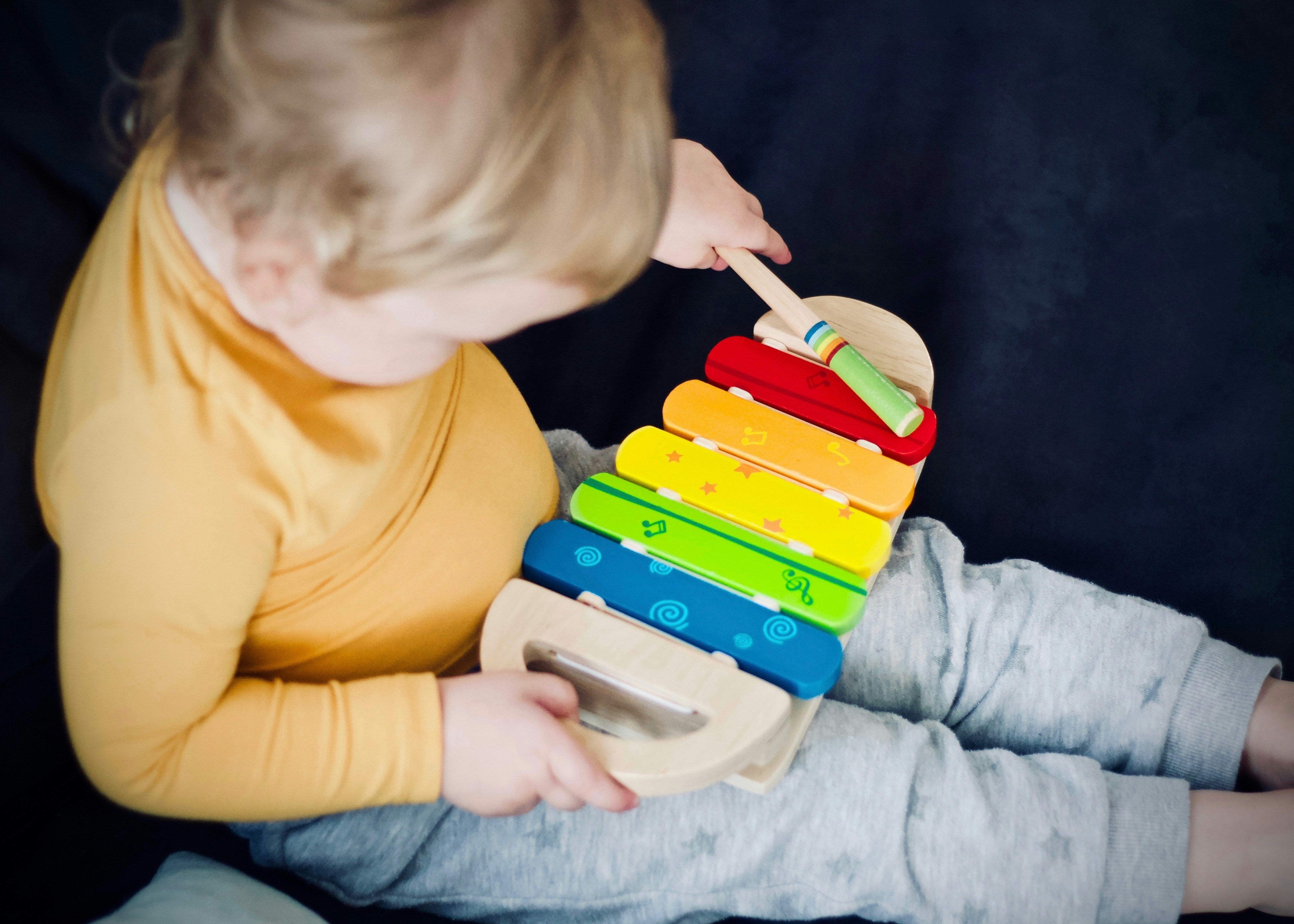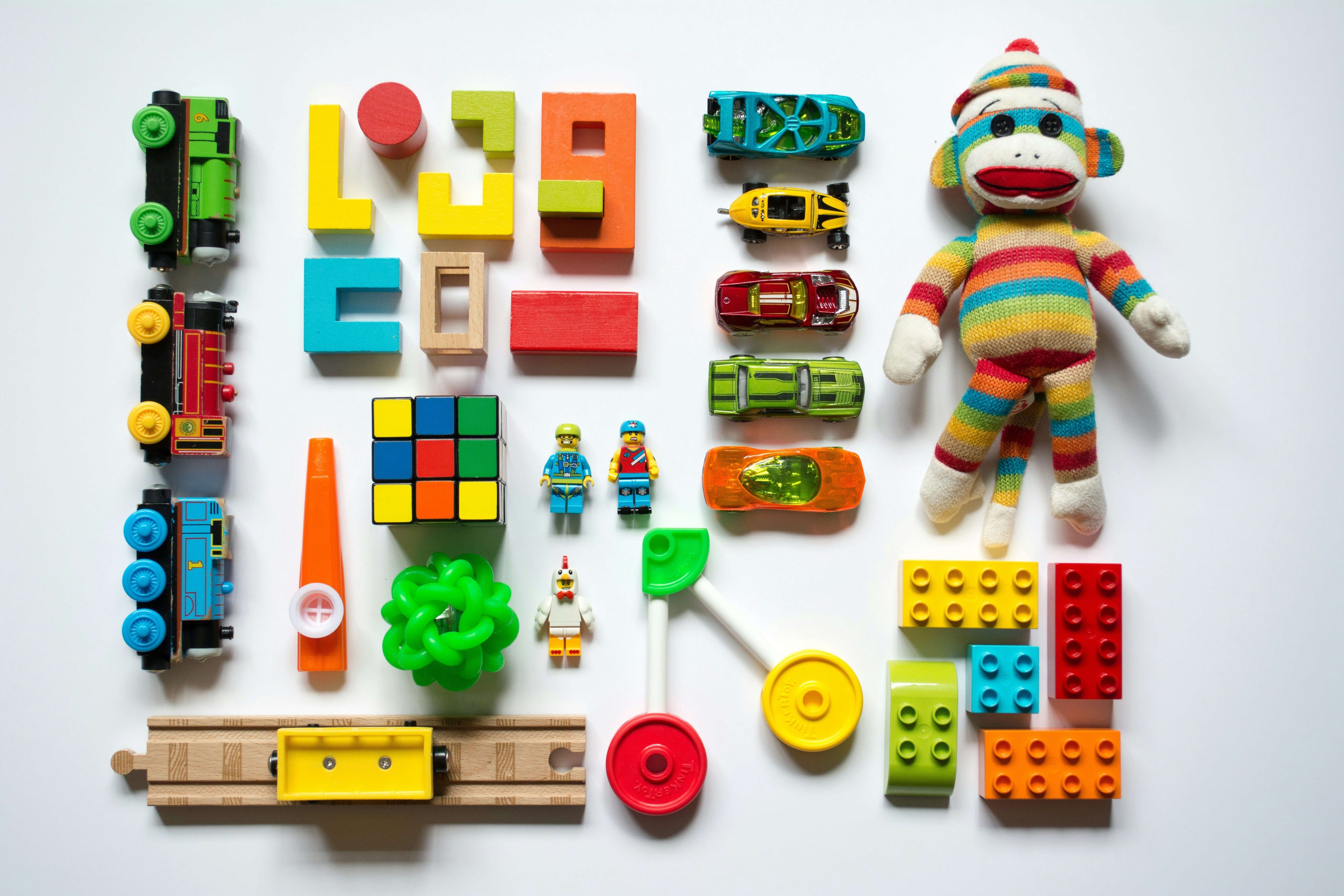
How Sensory Toys Support Children with Autism and ADHD
For children with autism and ADHD, the world can feel like a whirlwind of overwhelming sights, sounds, and sensations. This is where sensory toys step in—not just as fun distractions but as vital tools for learning, calming, and growing.
At ToySavers, we believe that playtime can be both joyful and therapeutic. That’s why we offer a range of sensory toys specifically chosen to support children with special needs like Autism Spectrum Disorder (ASD) and Attention-Deficit/Hyperactivity Disorder (ADHD).
What Are Sensory Toys?
Sensory toys are designed to stimulate one or more of the senses: touch, sight, sound, smell, and even balance or body awareness. These toys offer hands-on interaction that helps kids process sensory input more comfortably. For children with autism and ADHD, who often experience the world more intensely, this kind of sensory engagement can be calming, focusing, and deeply therapeutic.
Why Sensory Toys Work for Autism and ADHD
-
Regulate Emotions & Reduce Anxiety
Many children with autism and ADHD struggle with emotional regulation. Toys like squishy balls, fidget tubes, and textured toys provide a physical outlet for stress, helping them to calm down naturally. For example, our Squishy Pineapple Stress Ball is a hit with kids who need a soft, squeezable toy during overwhelming moments. -
Improve Focus and Concentration
Children with ADHD often find it hard to sit still or concentrate. Fidget toys, like Push Pop Fidgets or Fidget Cubes, allow them to engage in quiet, repetitive motion—an activity that has been shown to improve attention during learning or tasks. -
Encourage Sensory Exploration
Sensory processing challenges are common in autism. Toys like light-up spinning tops, rainbow sensory tubes, and tactile boards help children explore textures, lights, and movement in a safe, engaging way. Our Glow in the Dark Putty is a favorite among kids who love visual and tactile play. -
Support Motor Skills and Coordination
Many sensory toys double as tools for developing fine motor skills. Toys that involve squeezing, twisting, or stacking help improve hand-eye coordination, dexterity, and strength. -
Create Safe Routines
Sensory toys can also be used to build calming routines. For instance, winding down before bed with a light projector or a soft squishy toy can help children settle into a predictable, comforting rhythm—something especially important for kids with ASD.
Real Benefits Backed by Real Play
Let’s take the example of Charlie, a 6-year-old with ADHD. During the day, he finds it hard to focus on schoolwork. But when he plays with his Stretchy Noodle Fidget Toy, his hands are occupied in a calming way—helping his mind settle enough to concentrate. Meanwhile, Ella, who is on the autism spectrum, uses her Rainbow Sensory Mat daily. It’s not just a toy—it’s her safe space to explore color, texture, and movement at her own pace.
Choosing the Right Sensory Toy
Every child is different, so there’s no one-size-fits-all toy. But a good place to start is with toys that:
-
Are quiet and calming
-
Offer tactile or visual feedback
-
Can be used independently
-
Match the child’s sensory preferences
At ToySavers, our collection of sensory toys is curated to meet a wide range of needs. Whether you’re a parent, teacher, or therapist, you’ll find products designed to support play and development in meaningful ways.
Final Thoughts
Sensory toys aren’t just tools—they’re bridges. They help children with autism and ADHD connect with the world, with others, and with themselves. Through playful exploration, these toys encourage emotional resilience, concentration, and joy.
Let your child discover the power of play—with the right sensory toys, every day becomes a new adventure in learning and fun.

